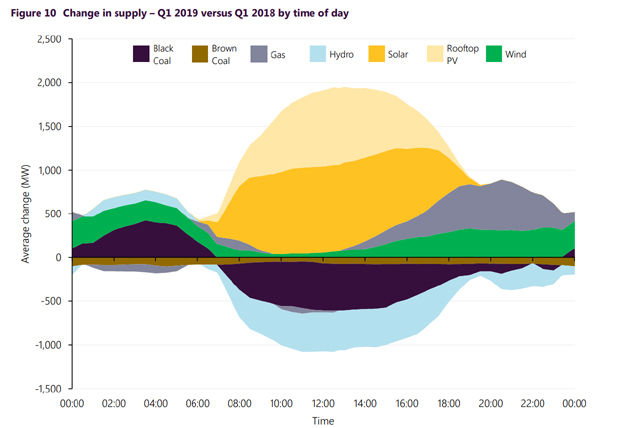How Solar Works
Solar power made up about 5% of Australian electricity generation in 2018. About 0.8% of that was from large-scale solar (sometimes called solar farms). The rest was from solar panels installed in around one-fifth of homes in Australia. But how does solar power actually work?
We’ll keep it simple.
When sunlight hits PV (photovoltaic) cells, electrons are knocked loose. The loose electrons are captured so they form a current. The more connected PV cells, the more electricity is created. In a home solar set-up, the current travels through an inverter (which makes sure your home uses solar first, and then whatever is being supplied by the grid when it’s not available) and a switchboard, before it powers your home.
Because solar is variable – in other words, the sun doesn’t shine all the time, or at least not enough to power your home completely all the time – the electricity grid requires an energy mix. Some sources of energy will constantly supply the grid, while others will supply energy when they can.
This makes natural gas a perfect partner to renewable energy. Natural gas ramps up and down really quickly, allowing it to supply the grid and your home with power when solar isn’t. The graph below explains it all really well, showing gas filling the gaps early in the morning and once the sun sets.

Solar power is continuing to build across Australia and it will continue to be supported by natural gas as a firming fuel. It’s just another way that natural gas will be part of the future energy mix.
Explorewith Natural Gas Subscribe


